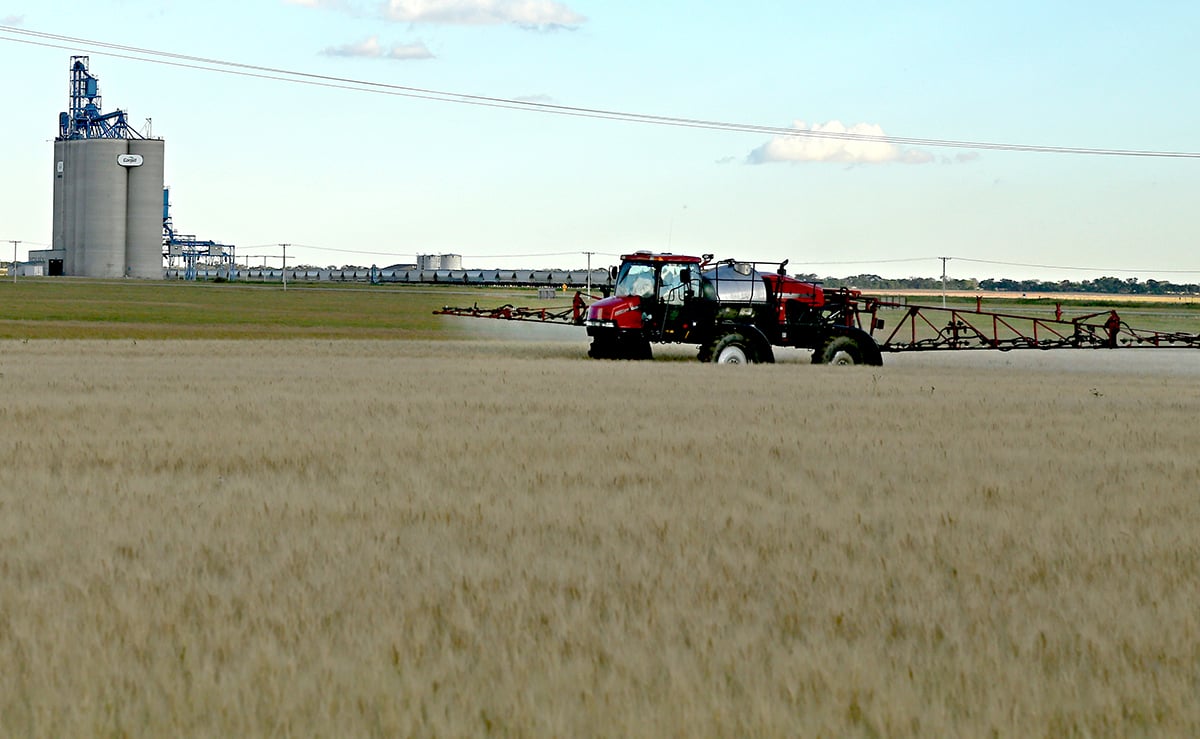SASKATOON — A massive U.S. corn crop is pressuring Canadian feed barley prices.
Farmers south of the 49th parallel are projected to harvest a record 425.26 million tonnes of the cereal grain, which would be 35.6 million tonnes larger than the previous record of 389.67 million tonnes set in 2023-24.
The USDA’s latest production estimate temporarily pushed December corn futures below US$4 per bushel.
Read Also

Ottawa urged to speed up regulatory reform
Industry representatives urged government agencies to do more to reduce red tape and reform regulations as the House of Commons standing agriculture committee’s study on that topic got underway late last month.
That bloated U.S. corn crop is pressuring feed barley prices in Western Canada, which are down about 20 per cent from their summer highs.
“With the massive amount of corn that is available to come up north, it definitely keeps a cap on all the other commodities,” said Lukas Biensch, senior manager of commercial grain with Johnston’s Grain.
The United States is forecast to export a record 73 million tonnes of corn, and some of that will be headed to Canada.
The U.S. typically ships about 1.5 to two million tonnes of corn to Canada, but some years it can be a lot more than that.
For instance, in 2021-22 it exported six million tonnes due to the combination of a short Canadian barley crop and an abundance of U.S. corn.
Biensch has seen one trade forecast calling for 2.4 million tonnes of U.S. corn imports in 2025-26.
“I know feeders do like to support western producers and do like to use feed barley,” he said.
“But they’re not going to go out of their way to pay a premium.”
He has seen offers for barley delivered into Lethbridge of $260 per tonne for August-September delivery and another $5 to $10 for deferred months.
U.S. corn is selling for a $10 per tonne premium over those values, which is quite competitive from a feeding and energy perspective.
Southern feeders are used to incorporating corn into rations and have purchased corn-flaking machines as imports become more prevalent and more corn is planted in Western Canada.
Derek Squair, president of Exceed Grain Marketing, said the huge U.S. corn crop will keep a cap on all potential feed ingredients, including wheat and durum.
He expects Canada’s cereal crop harvest to be about average, but there could be some quality issues with early-seeded wheat and durum, which will not help the whole feed complex.
“We’ll see a lot of (price) pressure through the harvest period,” said Squair.
“Over time, I think we’ll work through a lot of it.”
Biensch thinks barley production will come in a little higher than Agriculture Canada’s forecast of 8.3 million tonnes. There are some good crops in southern Alberta this year.
He is also anticipating lower domestic demand for the crop as feeders have difficulty buying replacement cattle due to high prices.
That combination does not bode well for prices, especially around harvest time.
“We should see a little bit of an uptick once harvest pressure is off,” said Biensch.
However, barley will continue to face competitive pressure from U.S. corn throughout the year as well as feed wheat, durum, peas, oats and rye.
And if the U.S. corn price drops to being on par with barley, there could be a lot more crossing the border.


















